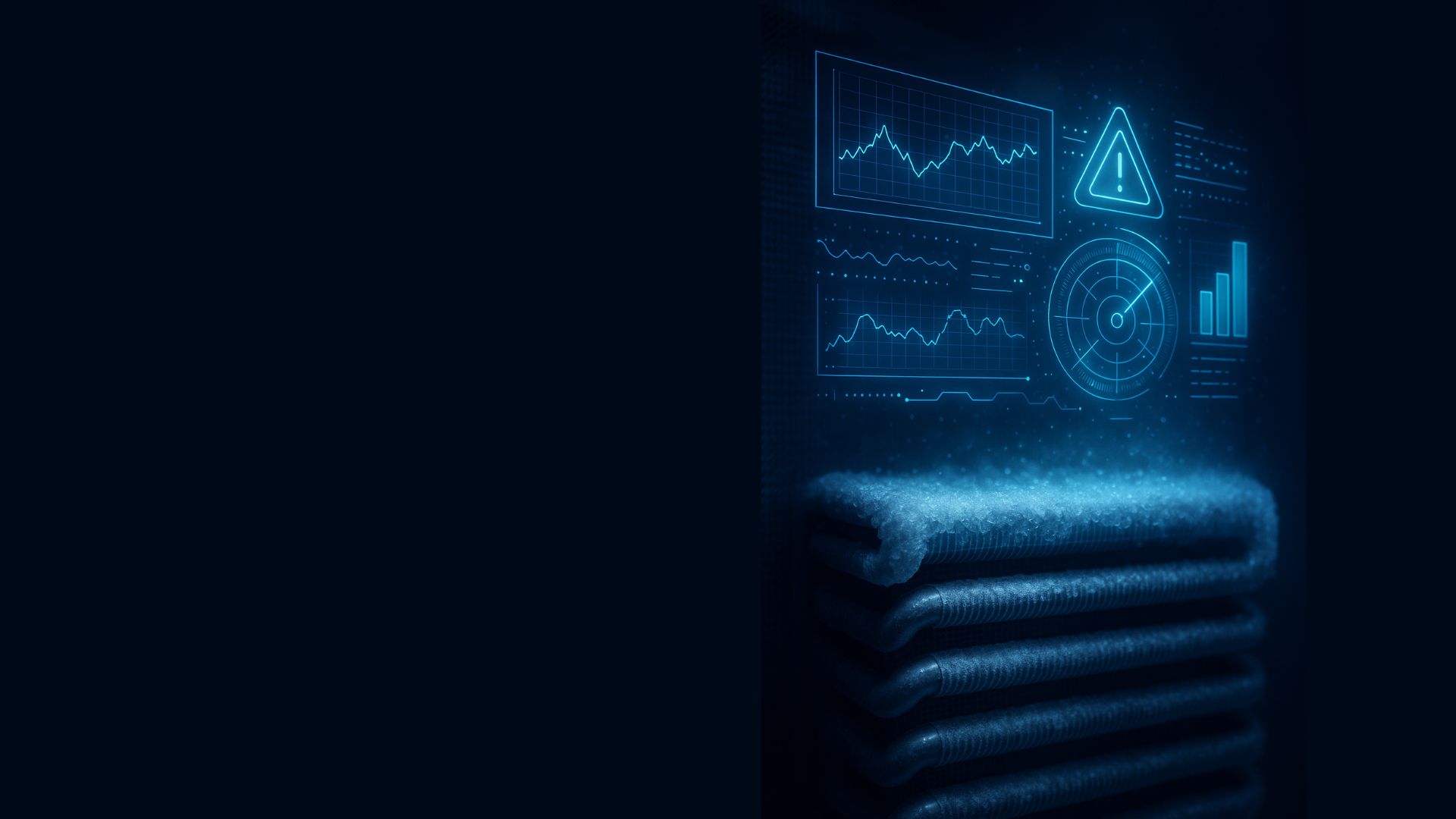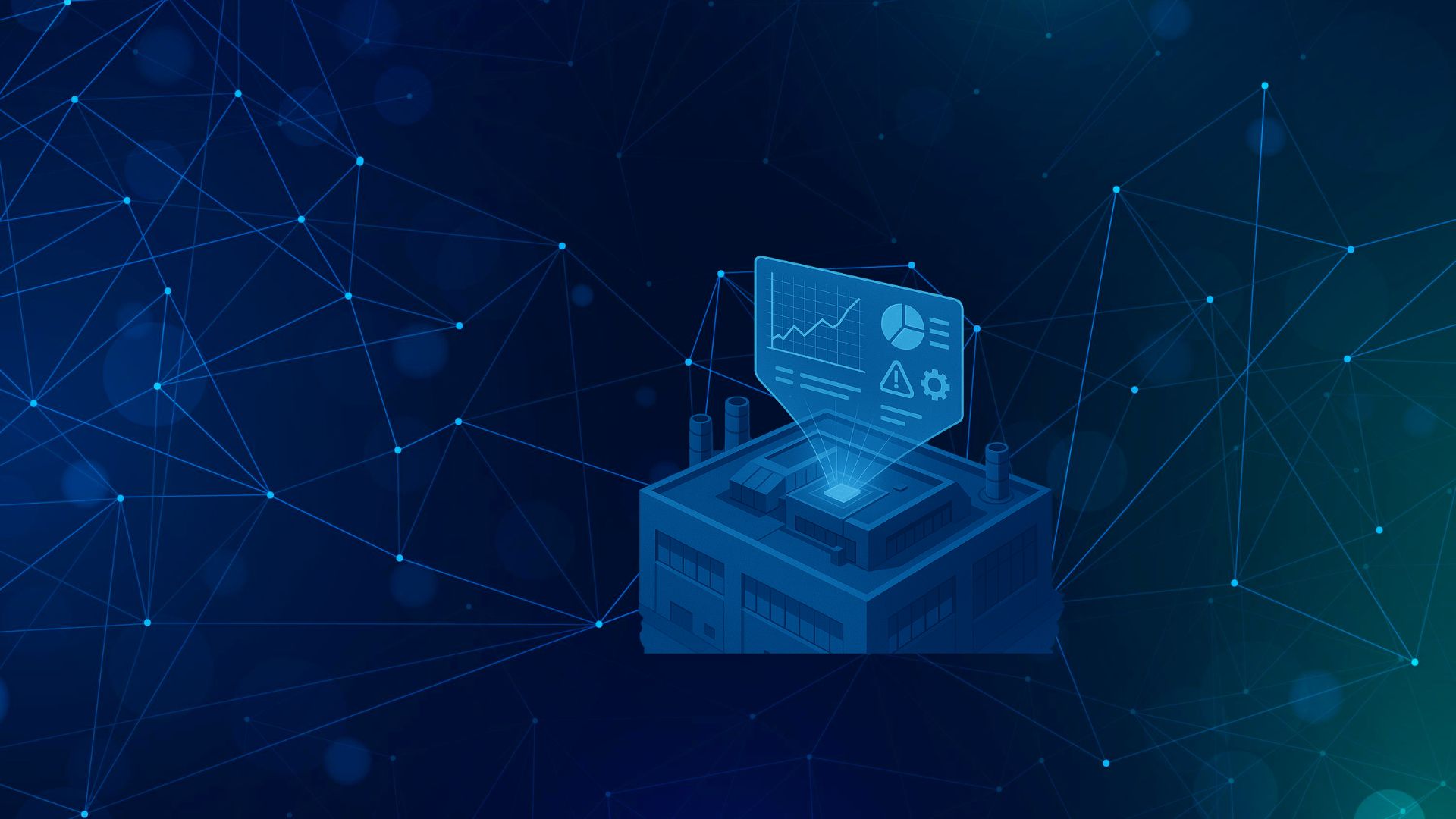Industrial refrigeration energy efficiency
The European Cool Coalition has recognised the energy impact of refrigeration facilities. According to this initiative, the processes involved in the production of air conditioning and refrigeration account for between 15% and 20% of global energy consumption. At the same time, the report titled “Improving Cold Storage Equipment in Europe” (part of the ICE-E project) assures that between 60% and 70% of the electrical energy used in storage facilities is dedicated to cooling, while the Association of German Cold Storage and Refrigerated Logistics Companies (VDKL) states that, taking into account the total energy consumption of cold stores, industrial refrigeration systems account for 2/3 of it.
Because of this series of data, the EU has urged its MSs to adopt a course of action to achieve effective energy savings in this sector and has identified energy efficiency in industrial refrigeration as one of the main pillars of the 2030 Agenda. Specifically, the objective is to achieve the goal specified in the “Clean energy for all Europeans package”: to ensure that MSs increase their energy efficiency by more than 30%. This, together with the rest of objectives, is intended to mitigate the severe consequences of climate change.
However, we must bear in mind that this is not a challenge of equal magnitude for all countries. In Spain’s economy, for example, the food industry (the main demander of refrigeration equipment) accounts for a much larger share of the country’s industrial activity than in other European nations. In addition to this, its climate and geography have also important implications for energy consumption rates in other industrial sectors such as logistics, pharmaceutical, health services, etc.).
As a result, at Gradhoc, as a digital business specialised in industrial refrigeration, we have dedicated all our knowledge and resources to RDI in order to be able to respond to the requirements of our customers, European regulations and the climate crisis. Gradhoc, therefore, offers to our users a wide range of systems to meet their needs in the most efficient way (economically and energetically).
This is the reason why, nowadays, the implementation of industrial refrigeration energy efficiency systems encompasses a detailed study of the installation’s energy consumption, which determines the refrigeration system design. This analysis, however, is supplemented by audits whose objective is to identify opportunities for the modernisation of the existing equipment, and its application has already brought financial and energy benefits.
What do we understand by refrigeration energy efficiency?
Given the current technological progress, there is a wide range of potential solutions available (different gases, chemicals, equipment, etc.) when elaborating a refrigeration system design that meet the needs of a particular project. Nonetheless, they all share the same common objective: to achieve refrigeration energy efficiency.
In order to do so, the team in charge of designing the installation must take into account two main values:
- Cooling capacity: this is the heat that must be extracted from the room/equipment.
- Energy required: in order to achieve the target temperature.
The combination of the two, i.e., using the lowest energy output for the maximum cooling capacity possible, is what we call refrigeration energy efficiency.
However, an optimal refrigeration system design should also take into consideration a number of other factors. The most important of these are the following:
- Life cycle cost
- The monitoring of the installation
- The elements related to the installation
Life cycle cost
As mentioned in our article “ISO 50001 (energy management)”, one of the biggest challenges when implementing energy efficiency systems in industrial refrigeration is to convince the company’s board of the high internal rate of return.
In fact, when assessing energy efficiency in refrigeration systems, it is crucial to relativize the financial facet and consider other technological and environmental issues.
The expression “life cycle costs” refers to the real price of the installation, which means adding all those costs derived from the utilization of the devices (OPEX) to the cost of purchasing them (CAPEX). Therefore, maintenance costs, dismantling costs, product losses, etc., must be added to the initial investment.
Consequently, estimating the OPEX is crucial for energy efficiency in refrigeration systems in the industrial and commercial sectors, since the initial investment is usually equivalent to a mere fraction of the energy expenditure of that installation.
The monitoring of the installation
Nevertheless, improving energy efficiency in industrial refrigeration is not only about predicting future costs. As we pointed out in our post “Integrated energy management” and repeated in our blog’s entry “Industrial energy efficiency”, achieving the optimum level of efficiency depends on the continuous improvement of the company’s facilities and processes.
In this sense, the analysis of the available resources’ performance is a priority, since the refrigeration system has to adapt to different conditions of temperature (internal, external and of the product), humidity, etc. Consequently, the optimisation of its activation, functioning and deactivation requires the obtainment of reliable data over time.
Gradhoc is a software developed by seasoned experts in industrial and commercial refrigeration that allows you to monitor your installations in real time (status, consumption, available energy sources, etc.) regardless of their location. From these, Gradhoc generates customised control panels to meet the specific needs of each user, automates processes and creates data records. This, in turn, enables adaptive energy consumption, which is based on operational needs in the production process.
The elements related to the installation
Apart from the purely technical aspects, energy efficiency in industrial refrigeration also covers the installation conditions.
- Generally speaking, installations should be located in cool areas or, alternatively, the effect of their direct exposure to the sun should be taken into account. In this second situation, it is important that the walls surrounding the equipment be painted in light colours to avoid heat absorption.
- Another key factor is the refrigerant’s choice. The use of these chemicals has aggravated global warming, so companies doubled their efforts to eliminate hydrofluorochlorides by replacing them with much less polluting natural refrigerants such as ammonia or CO2.
- It is also advisable to install floating evaporation and condensation systems. Floating evaporation involves adjusting the evaporating temperature (Teva) according to the ambient temperature by means of an automatic Teva control system. Floating condensation, on the other hand, consists in lowering the value of the T cond at which compressors start working thanks to the usage of an automaton.
- Implementing technologies, such as central digital scrolls, to manage and monitor the installation remotely and in real time.
- Incorporate minipack central systems. These units are ideal for small businesses that need higher cooling capacities, as they save space, they have a lower maintenance cost and they reduce energy consumption
- Install subcritical CO2 cascade refrigeration systems. They increase overall efficiency due to the utilisation of CO2 as a refrigerant and to the compression ratio’s reduction provoked by the usage of a cascade system.
- Replace the thermostatic radiator valves (TRVs) with electronic ones. Electronic valves are much more stable, adaptable and precise, plus they do not require periodic calibration.
- Reuse heat from the condensation process for other purposes.
- Increase the safety of your equipment by means of refrigeration systems with low primary and secondary refrigerant capacity.
- Opt for heat pumps in order to produce hot water and DHW, as they generate greater amounts of useful energy (they can save up to 70% in comparison with a traditional heating system).
Energy efficiency in refrigeration systems for the food industry
Among the main industrial refrigeration suppliers’ customers, the food industry is one of the most important. In Spain, this sector is also one of the largest consumers of energy (1.7% of the total), and, as a result, optimising its refrigeration systems will have a major impact on the environment. This is why many industrial refrigeration companies have devoted considerable resources to improving their energy efficiency.
The difficulty lies in the fact that, in this particular industry, refrigeration is critical both for the business itself and for ensuring food safety. Therefore, innovations in this sector are aimed at achieving an eco-friendly refrigeration model that affect to the installation, use and maintenance of the equipment during all its life cycle.
Energy efficiency in refrigeration systems for the food industry: components
When maximising energy savings, there are some critical components. One of these is the compressor, as it is one of the main energy consumers of these systems. Compressors are designed to increase their power and efficiency when the gases’ evaporation raises or the condensation temperature descends.
The capacitor also influences its operation, as it is the maximum performance of the capacitor the one that determines the compressor’s design. Therefore, this component must be taken into account in order to reduce the energy required.
Apart from that, defrosting is among the most important processes in industrial refrigeration. Electronic controllers that include this function are incredibly useful in order to limit the processes, thus avoiding unnecessary journeys.
Finally, ductwork is susceptible to several improvements. The most important one, however, is correcting insulation faults or, at the very least, improving insulation, so that energy losses are avoided.
Energy efficiency in refrigeration systems for the food industry: maintenance
Nonetheless, purchasing more efficient parts (or renovating the existing ones) is not enough in order to ensure energy efficiency.
Once the equipment is installed, it is absolutely essential to guarantee its maintenance. Initiatives such as using software for the monitoring, remote managing and controlling of the components (Gradhoc), as well as establishing policies for the improvement (like energy management systems), provide with substantial improvements in energy efficiency, which results in important savings in the long run.
Energy efficiency in refrigeration systems for the food industry: actions
Finally, there are a number of processes and habits that have a significant impact on energy efficiency in industrial refrigeration. These vary depending on the characteristics of the business, but there is a list of them that can be applied to most of them.
Processes:
- Preference for natural refrigerants.
- Application of evaporative condensation when working with high outputs.
- Usage of flooded evaporators.
- Implementation of multi-stage compression systems.
- Adequate choice of ductwork design and insulation.
- Installation of reciprocating / screw compressors.



